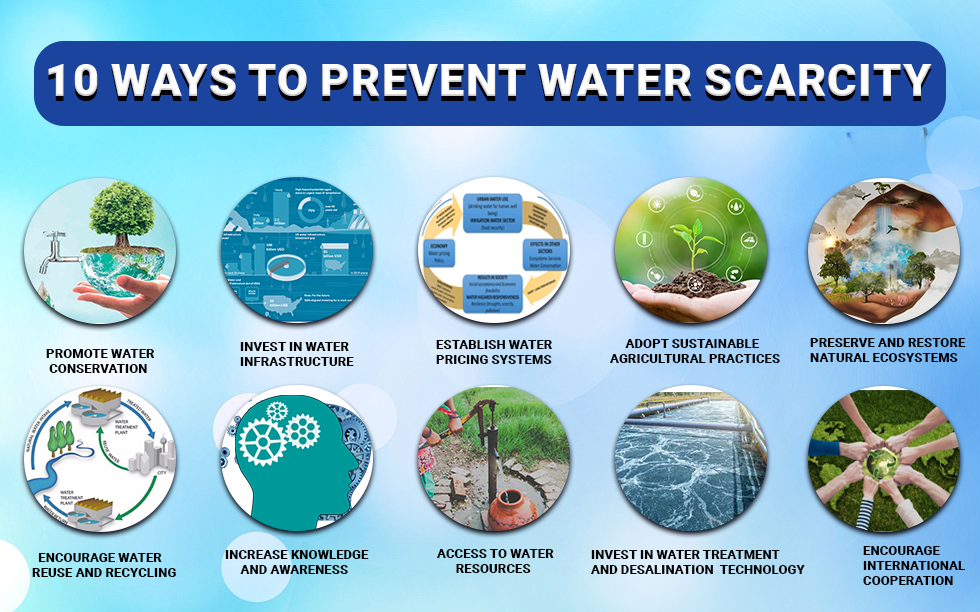Yes, all the oceans are connected and form one global ocean system. While we name them as separate oceans (Pacific, Atlantic, Indian, Southern, and Arctic Oceans), there are no physical barriers between them. They are connected through ocean currents, wind patterns, and water movements, which help regulate Earth’s climate.

How Are Oceans Connected?
- The Atlantic and Pacific Oceans meet at the Drake Passage near the southern tip of South America.
- The Indian Ocean connects with the Pacific Ocean near Australia and Indonesia.
- The Arctic Ocean links to the Atlantic and Pacific Oceans through the Arctic Circle.
- The Southern Ocean surrounds Antarctica and connects with all the major oceans, influencing global ocean circulation.
FAQs
Yes, all the oceans are interconnected, forming one global ocean system with continuous water movement through currents and tides.
The Atlantic and Pacific Oceans meet at the Drake Passage, near the southern tip of South America, and also at the Panama Canal through human-made connections.
The Southern Ocean surrounds Antarctica and connects with the Atlantic, Pacific, and Indian Oceans, playing a key role in global ocean circulation and climate regulation.
Though all oceans are connected, they are named separately based on geographical location, climate, and unique marine ecosystems in different parts of the world.
Ocean currents, like the Gulf Stream (Atlantic) and the Great Ocean Conveyor Belt, move warm and cold water across oceans, balancing global climate, weather, and marine life distribution.







